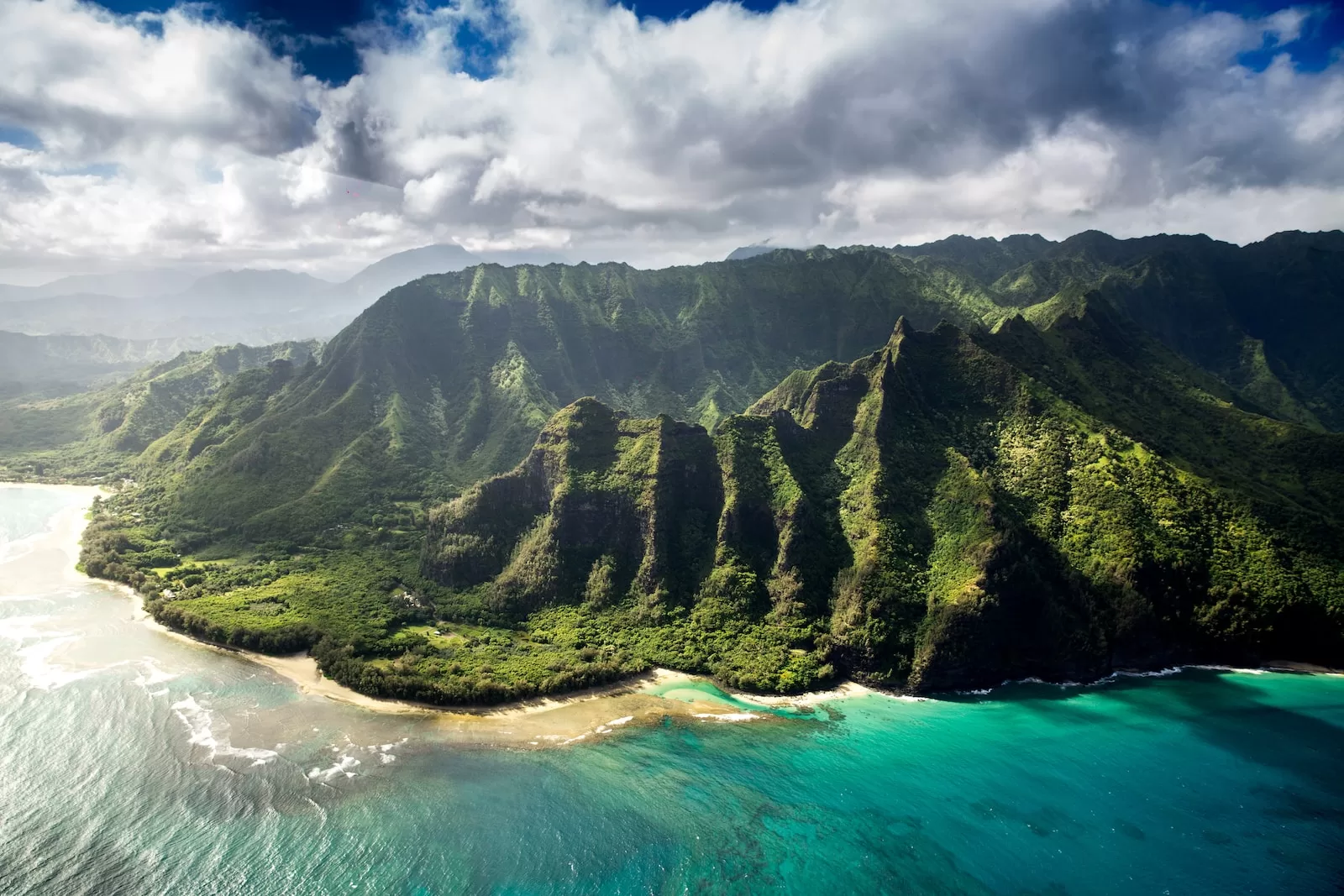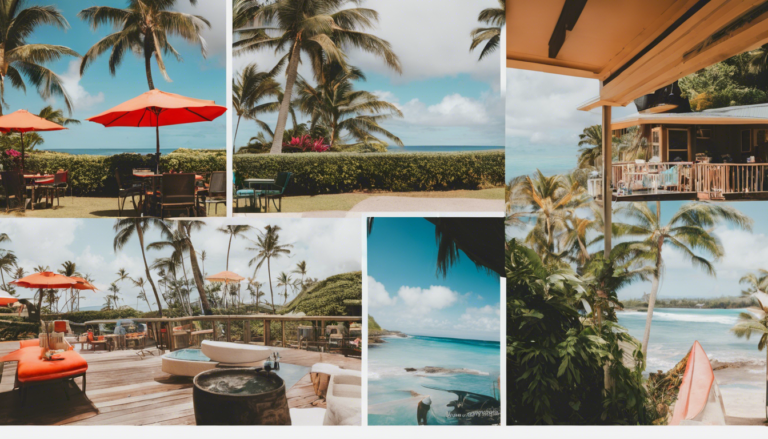- Understanding Hawaii's Travel Seasons
- Factors Affecting Travel Costs to Hawaii
- Best Times for Budget Travel to Hawaii
- Tips for Finding Affordable Flights
- Budget Accommodations in Hawaii
- Eating on a Budget in Hawaii
- Affordable Activities in Hawaii
- Transportation on a Budget
- Travel Packages and Deals
- Hawaii on a Shoestring Budget
- Avoiding Hidden Costs
- Travel Insurance and Savings
- Local Insights for Budget Travel
- Comparing Hawaii with Other Tropical Destinations
- Preparing for Your Trip
- The Least Expensive Time to Travel to Hawaii
- FAQs
Hawaii, known for its stunning beaches, vibrant culture, and beautiful landscapes, is a dream destination for many. However, the cost of travel can often be a hurdle. This article aims to guide you through the least expensive times to travel to Hawaii, helping you plan a budget-friendly yet memorable trip.
Understanding Hawaii’s Travel Seasons
Peak Season in Hawaii
The peak travel season in Hawaii typically spans from mid-December to April. This period sees the highest influx of tourists, driven by holiday travelers and those escaping colder climates. The vibrant atmosphere is captivating, but it comes with higher prices for flights and accommodations.
Off-Peak Season in Hawaii
The off-peak season, particularly from September to mid-December, offers an excellent opportunity for budget travel. With fewer tourists, you’ll find more competitive rates for hotels and flights. This period also coincides with Hawaii’s beautiful autumn, offering a unique experience of the islands.
Shoulder Seasons in Hawaii
Shoulder seasons, the transitional periods between peak and off-peak seasons, present a balance of reasonable costs and enjoyable weather. These are the times just before and after the peak season, typically April to June and September to early December.
Factors Affecting Travel Costs to Hawaii

Airfare Trends
Airfare plays a significant role in the cost of traveling to Hawaii. Prices fluctuate based on demand, with the highest fares usually found during the peak season and the lowest during the off-peak months.
Accommodation Costs
Similar to airfares, accommodation prices in Hawaii vary greatly throughout the year. Peak season sees premium rates, while the off-peak season offers more budget-friendly options.
Seasonal Activities and Pricing
The cost of activities in Hawaii can also vary. During the off-peak season, you might find discounts on tours and attractions, making it a great time to explore the islands on a budget.
Best Times for Budget Travel to Hawaii
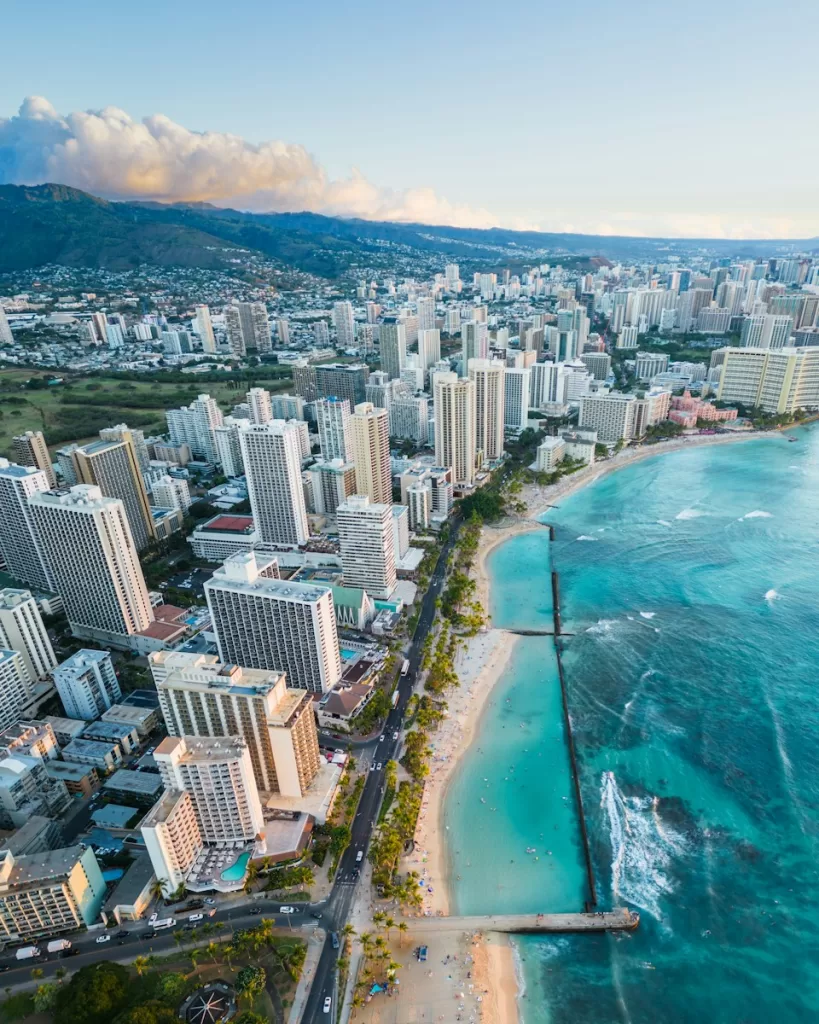
Month-by-Month Analysis
Analyzing each month for travel costs can help identify the best times for budget travel. Generally, late spring and early autumn offer a good balance of pleasant weather and lower prices.
Comparing Costs Across Different Times of the Year
Comparing travel costs across different seasons can highlight the most cost-effective times to visit Hawaii. Off-peak months often offer the best deals.
Tips for Finding Affordable Flights
Best Booking Practices
To find the best deals on flights, it’s advisable to book well in advance and be flexible with your travel dates. Monitoring airfare trends and setting up alerts can also be beneficial.
Airlines with the Best Deals
Several airlines offer competitive rates to Hawaii. Researching and comparing different airlines can lead to significant savings on airfare.
Budget Accommodations in Hawaii
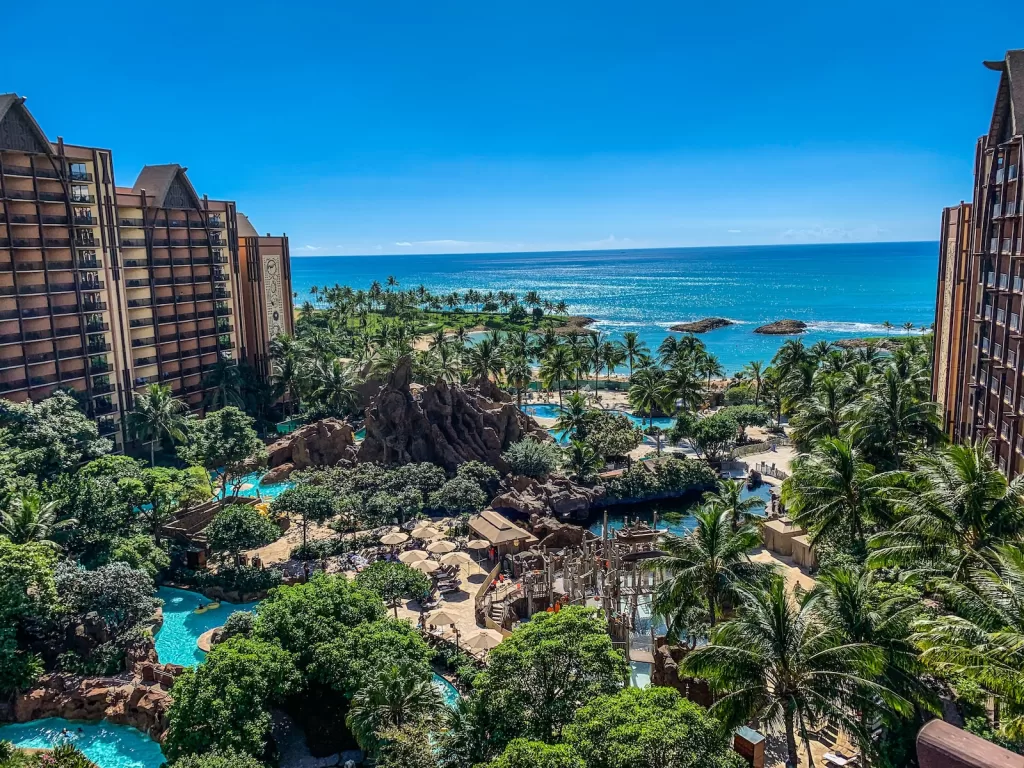
Affordable Hotels and Resorts
Hawaii has a range of budget-friendly hotels and resorts, especially during the off-peak season. Looking for accommodations outside the major tourist areas can also yield more affordable options.
Vacation Rentals and Alternative Options
Vacation rentals, hostels, and bed-and-breakfasts are excellent alternatives to traditional hotels. These options often provide a more authentic and cost-effective experience.
Eating on a Budget in Hawaii
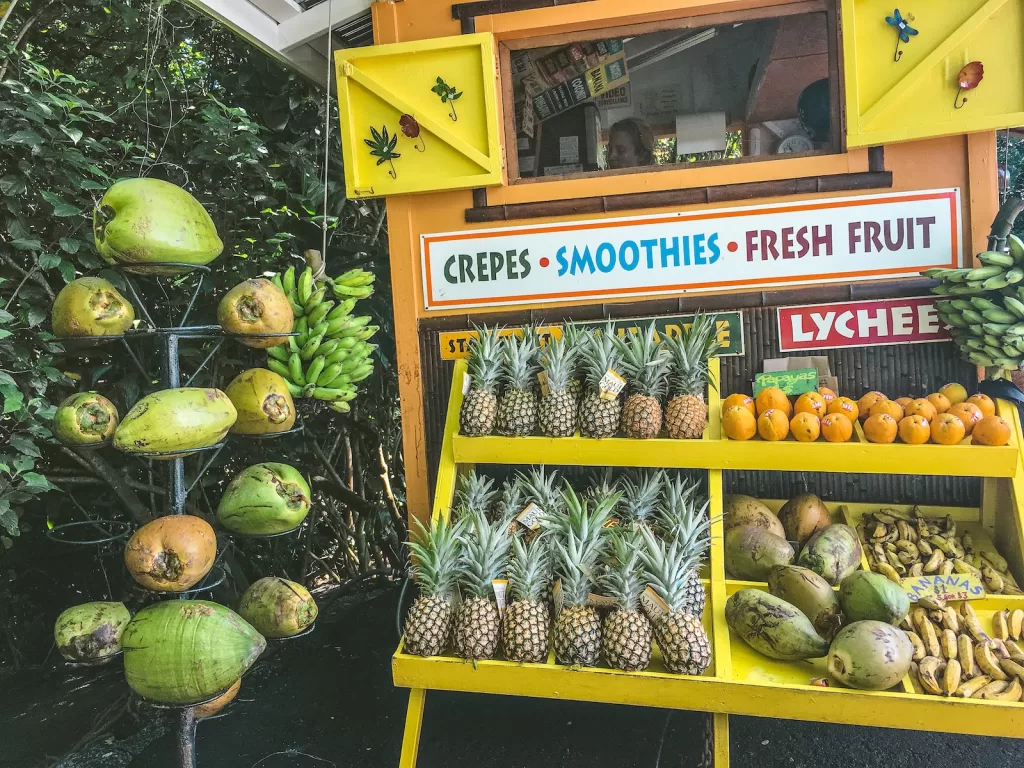
Local Eateries vs. Tourist Spots
Discovering local eateries can significantly reduce your dining costs in Hawaii. These places often offer delicious, authentic Hawaiian cuisine at a fraction of the price of tourist-centric restaurants.
Cost-Saving Tips for Dining
Planning your meals, taking advantage of happy hours, and trying food trucks are great ways to enjoy Hawaii’s culinary scene without overspending.
Affordable Activities in Hawaii
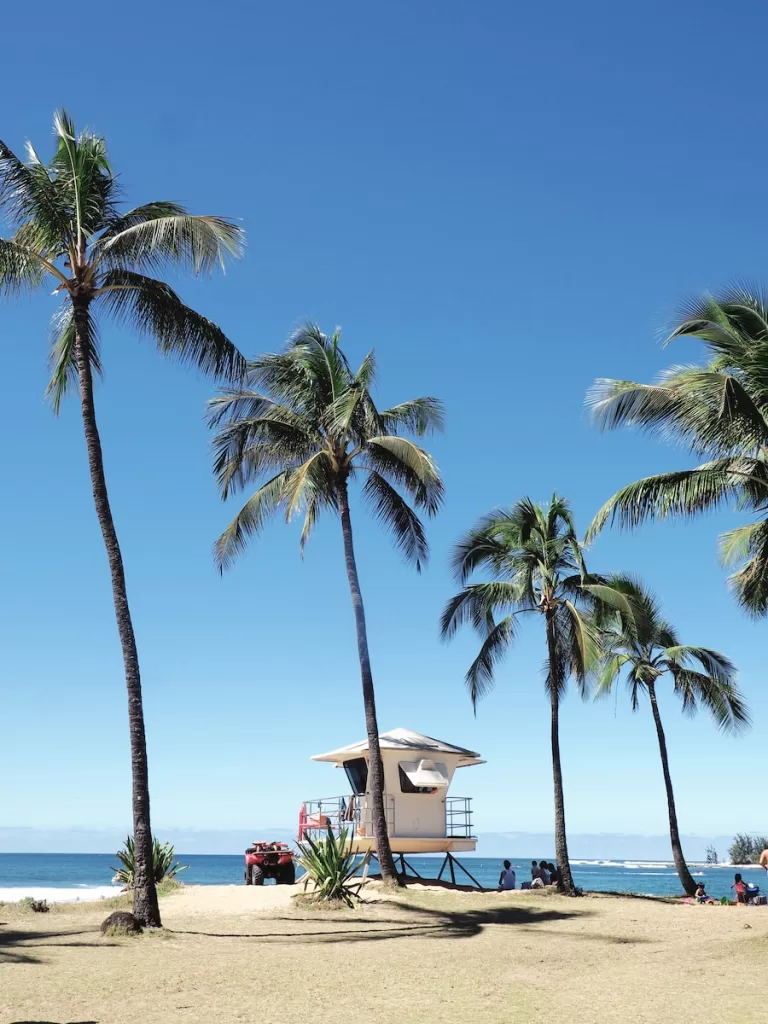
Free and Low-Cost Attractions
Hawaii is home to many natural attractions that are free or low-cost. Exploring beaches, hiking trails, and public parks can provide a rich experience without a hefty price tag.
Budget-Friendly Tours and Excursions
Look for group tours and excursions that offer discounts. Booking activities in advance online can also lead to savings.
Transportation on a Budget
Public Transport vs. Car Rentals
Public transportation in Hawaii is an economical option and covers major attractions. Car rentals might be more expensive but offer greater flexibility.
Cost-Effective Transportation Tips
Using ride-sharing services, renting a bike, or even walking can be budget-friendly ways to explore the islands.
Travel Packages and Deals
Finding the Best Travel Packages
Travel packages that bundle flights, accommodations, and activities can offer significant savings. Comparing different travel packages is key to finding the best deal.
Seasonal Promotions and Discounts
Watch for seasonal promotions and discounts, especially during the off-peak season.
Hawaii on a Shoestring Budget
Daily Budget Planning
Planning your daily expenses can help in sticking to your budget. Allocate funds for meals, activities, and transportation.
Maximizing Your Experience with Limited Funds
Prioritize experiences and activities that are most important to you. Enjoying Hawaii’s natural beauty can often be done with minimal spending.
Avoiding Hidden Costs
Common Hidden Fees
Be aware of hidden fees in accommodations, car rentals, and activities. Always read the fine print and ask questions before booking.
How to Avoid Unnecessary Expenses
Research thoroughly and plan to avoid unexpected costs.
Travel Insurance and Savings
Importance of Travel Insurance
Travel insurance can save you from unforeseen expenses due to cancellations, medical emergencies, or other travel issues.
Balancing Insurance Costs and Savings
Choose a travel insurance plan that offers the coverage you need at a cost-effective price.
Local Insights for Budget Travel
Tips from Locals
Interacting with locals can provide valuable insights into affordable dining, shopping, and activities.
Lesser-Known Affordable Destinations
Explore off-the-beaten-path destinations in Hawaii that are not only less crowded but also more affordable.
Comparing Hawaii with Other Tropical Destinations
Cost Comparison
Comparing Hawaii’s costs with other tropical destinations can put the budget requirements into perspective.
Value for Money
Evaluate what Hawaii offers in terms of experiences and amenities compared to other similar destinations.
Preparing for Your Trip
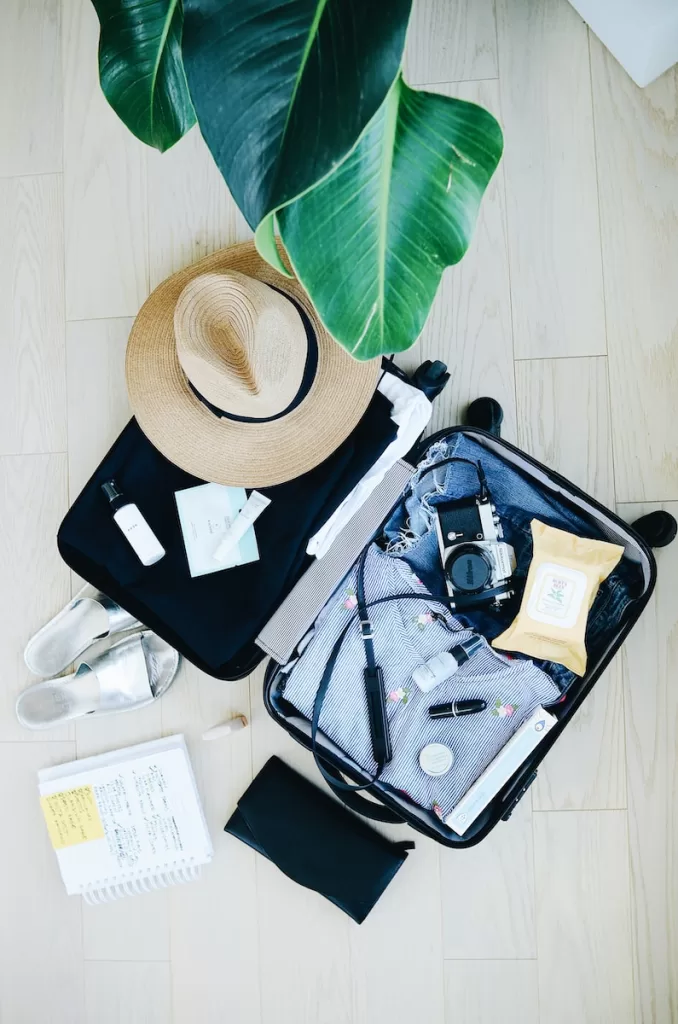
Checklist for Budget Travelers
A comprehensive checklist ensures you’re prepared for a budget-friendly trip, covering essentials from travel documents to packing tips.
Essential Pre-Travel Arrangements
Make all necessary pre-travel arrangements, like securing travel insurance, confirming bookings, and setting a travel itinerary.
The Least Expensive Time to Travel to Hawaii
Identifying the Optimal Travel Window
Late spring and early autumn generally offer the best combination of lower prices and pleasant weather.
Balancing Cost and Experience
Select a travel time that offers a balance between affordability and the type of Hawaiian experience you desire.
Conclusion
Visiting Hawaii doesn’t have to break the bank. By traveling during the least expensive times and using these tips, you can enjoy all that Hawaii has to offer on a budget. Embrace the spirit of Aloha without compromising your finances.
FAQs
What is the cheapest month to fly to Hawaii?
Typically, the cheapest months to fly to Hawaii are during its off-peak season, which runs from September to mid-December. During these months, airfares are generally lower due to reduced tourist demand. Additionally, the months of April and May, just after the peak season, can also offer lower fares.
Can I find affordable accommodations in popular Hawaiian destinations?
Yes, you can find affordable accommodations in popular Hawaiian destinations, especially if you travel during the off-peak season. Consider options like budget hotels, vacation rentals, hostels, and bed-and-breakfasts. Staying a bit further from major tourist spots can also lead to more affordable lodging.
Are there any free activities to do in Hawaii?
Hawaii offers numerous free activities. You can explore its stunning beaches, take hikes on trails like the Diamond Head State Monument or Waimea Valley, and visit historical sites such as Pearl Harbor National Memorial. Additionally, many public parks and local events, like sunset watching or cultural festivals, are free.
What’s the average cost of a meal in Hawaii?
The average cost of a meal in Hawaii varies. A casual dining restaurant meal can range from $10 to $30 per person, while fine dining can be significantly higher. For budget travelers, local eateries, food trucks, and markets offer meals for as low as $5 to $15.
How can I save on transportation costs in Hawaii?
To save on transportation costs, consider using public transit like TheBus in Honolulu, an affordable and reliable option. Renting a bike or using ride-sharing services can also be cost-effective if you plan to rent a car, book in advance, and look for deals or discounts.
Is travel insurance necessary for a trip to Hawaii?
While not mandatory, travel insurance is highly recommended for a trip to Hawaii. It can protect you from unforeseen expenses related to trip cancellations, medical emergencies, or lost baggage. Choose a policy that suits your needs and budget to ensure peace of mind during your travels.

